The History of Rainbow Socks
The earliest known appearance of rainbow socks can be traced back to ancient civilizations. The ancient Egyptians and Greeks were known to dye their socks in a variety of colors, including red, yellow, and blue. These socks were often made from wool and were primarily worn by the wealthy as a status symbol.
In the 13th century, the Mongolians were also known to wear brightly colored socks made from silk. These socks were often adorned with intricate designs and were seen as a symbol of wealth and power.
Ancient Egyptian Influence
The fashion of colorful socks in ancient Egypt wasn't just for aesthetics; it also had cultural significance. The dyes used were often difficult to produce and procure, making the vibrantly colored socks even more valuable. Pharaohs and high-ranking officials would show off their status with these brightly hued foot coverings during important ceremonies and public appearances.
Greek and Roman Togas and Socks
In ancient Greece and Rome, socks, known as 'udones,' often complemented the traditional togas worn by citizens. These socks could indicate the wearer's social status or profession, with certain colors or patterns being associated with specific ranks or roles within society. Their use extended into the colder months, providing warmth and comfort to the feet of the elite.
Medieval European Stockings
During medieval times in Europe, socks evolved into what were known as stockings. These were often colorful and elaborately decorated, especially among nobility. Knights would wear stockings with their coats of arms displayed, turning these garments into symbols of heritage and valor. The evolution towards the modern concept of rainbow socks can be seen as a continuation of this tradition of using socks for self-expression and identity.
The Rise of Rainbow Toe Socks
Rainbow toe socks, also known as "toe socks," first gained popularity in the late 1960s and early 1970s. These socks were a variation of the traditional tube sock, but with individual sections for each toe. They were originally designed for yoga and other activities that required maximum grip and flexibility.
During the 1970s and 1980s, toe socks were worn primarily by athletes and fitness enthusiasts. However, they quickly became a fashion statement with the rise of the aerobics craze. These colorful socks were often worn with leg warmers and became a staple in many workout outfits.
Toe Socks in Pop Culture
As toe socks rose in popularity, they began to make appearances in pop culture, including television shows and movies. They were seen as a quirky and fun accessory that matched the free-spirited vibe of the era. Celebrities were often spotted wearing them, which helped to cement their status as a fashionable, must-have item.
Health and Wellness Movement
The health and wellness movement of the 1970s also played a part in the popularity of toe socks. As people became more conscious of their body and the importance of exercise, toe socks were promoted for their benefits in activities like yoga and dance. Their design allowed for better movement and grip, making them an essential part of many fitness enthusiasts' attire.
The Decline and Resurgence
After their peak in the 1980s, toe socks saw a decline in popularity. However, they experienced a resurgence in the early 2000s, particularly among teenagers and young adults. New patterns, including the rainbow design, breathed fresh life into the toe sock market. They became a fashionable novelty once again, often worn for comfort, style, and self-expression.
Rainbow Socks from Sock Geeks
In the late 1990s, a company called Sock Geeks was founded in San Francisco, California. They offered a wide range of unique and colorful socks, including rainbow socks. These socks were made from high-quality materials and featured vibrant rainbow stripes, making them a hit among the LGBTQ+ community.
Sock Geeks quickly became known for their rainbow socks, and they were often worn at pride events and parades. The company also donated a portion of their profits to LGBTQ+ organizations, making their socks a symbol of pride and support for the community.
The Role of Sock Geeks in LGBTQ+ Advocacy
Sock Geeks didn't just sell socks; they actively participated in advocating for LGBTQ+ rights. By aligning their brand with pride events and being vocal about their support for the community, they set an example for other businesses. Their donations to LGBTQ+ causes helped fund important initiatives and provided visibility to the movement.
Socks as a Canvas for Expression
Rainbow socks from Sock Geeks, and similar brands, allowed individuals to use their clothing as a canvas for self-expression. These socks enabled people to make a statement without saying a word, showcasing their personality, beliefs, and support for the LGBTQ+ community through vibrant and bold designs.
Expansion of the Rainbow Sock Market
With the success of Sock Geeks, other companies began to take notice of the market potential for rainbow socks. This led to an expansion of options, with numerous brands offering their own takes on the colorful design. The rainbow sock became more than just a product; it was a piece of wearable art that appealed to a wide audience.
Rainbow Socks and Pride

by Mercedes Mehling (https://unsplash.com/@mrs80z)
In 1978, artist Gilbert Baker designed the original rainbow pride flag, which featured eight colors: hot pink, red, orange, yellow, green, turquoise, indigo, and violet. Each color represented a different aspect of the LGBTQ+ community, such as life, healing, sunlight, nature, and spirit.
However, due to the unavailability of hot pink fabric, the flag was later simplified to six colors: red, orange, yellow, green, blue, and violet. These colors are now widely recognized as the symbol of pride and are often seen at pride events and parades.
In the 1980s, rainbow socks became a popular accessory at pride events. They were often worn as a way to show support for the LGBTQ+ community and to celebrate diversity and inclusivity. Today, rainbow socks are still a popular choice for pride events, with many individuals and companies incorporating them into their outfits to show their support.
Rainbow Socks as Political Statements
Rainbow socks have transcended their role as mere clothing items and have become powerful political statements. By wearing them, individuals can silently protest against discrimination and stand in solidarity with the LGBTQ+ community. This form of activism is accessible to anyone and can be a subtle yet impactful way to participate in the ongoing fight for equality.
The Evolution of the Pride Parade Outfit
Over the years, the typical attire for pride parades has evolved significantly. Rainbow socks have become a key component of many participants' ensembles. Paired with other colorful garments, these socks contribute to the vibrant and festive atmosphere that pride parades are known for, all while maintaining a connection to the deeper meanings behind the celebration.
Inclusivity and the Mainstreaming of Rainbow Socks
As society has progressed towards greater acceptance and inclusivity, rainbow socks have found their way into mainstream fashion. No longer limited to pride events, they are worn by people of all ages, genders, and sexual orientations as a universal symbol of love and acceptance.
Knee High Socks Rainbow
In recent years, knee high socks with rainbow patterns have become increasingly popular. These colorful socks are often worn with pride outfits and have become a staple in the LGBTQ+ community. They are also a popular choice for individuals looking to make a fashion statement and add a pop of color to their outfit.
The Versatility of Knee High Rainbow Socks
Knee high rainbow socks are not just for pride events; they have become a versatile fashion item. They can be styled with skirts, shorts, and even under boots during the colder months. Their appeal lies in their ability to inject fun into an outfit while also serving as a conversation starter or a means to convey a message.
The Rise of Customization
With the popularity of knee high rainbow socks, customization has become a growing trend. Companies now offer personalized socks that allow customers to add their own touch, whether it's a name, a special date, or a unique pattern. This level of personalization has helped rainbow socks maintain their popularity and relevance in a constantly changing fashion landscape.
Athletic and Casual Wear Integration
Rainbow socks have also made their way into athletic and casual wear. They're seen on sports teams, in dance studios, and on the streets as everyday wear. The comfort and support provided by knee high designs make them suitable for a range of activities, further broadening their appeal.
Conclusion
Rainbow socks have a long and colorful history, from their origins in ancient civilizations to their modern-day representation of pride and inclusivity. They have evolved from a practical sock choice to a fashion statement, and their popularity continues to grow. Whether worn as a symbol of support for the LGBTQ+ community or as a fun and vibrant accessory, rainbow socks are a timeless and beloved piece of clothing.




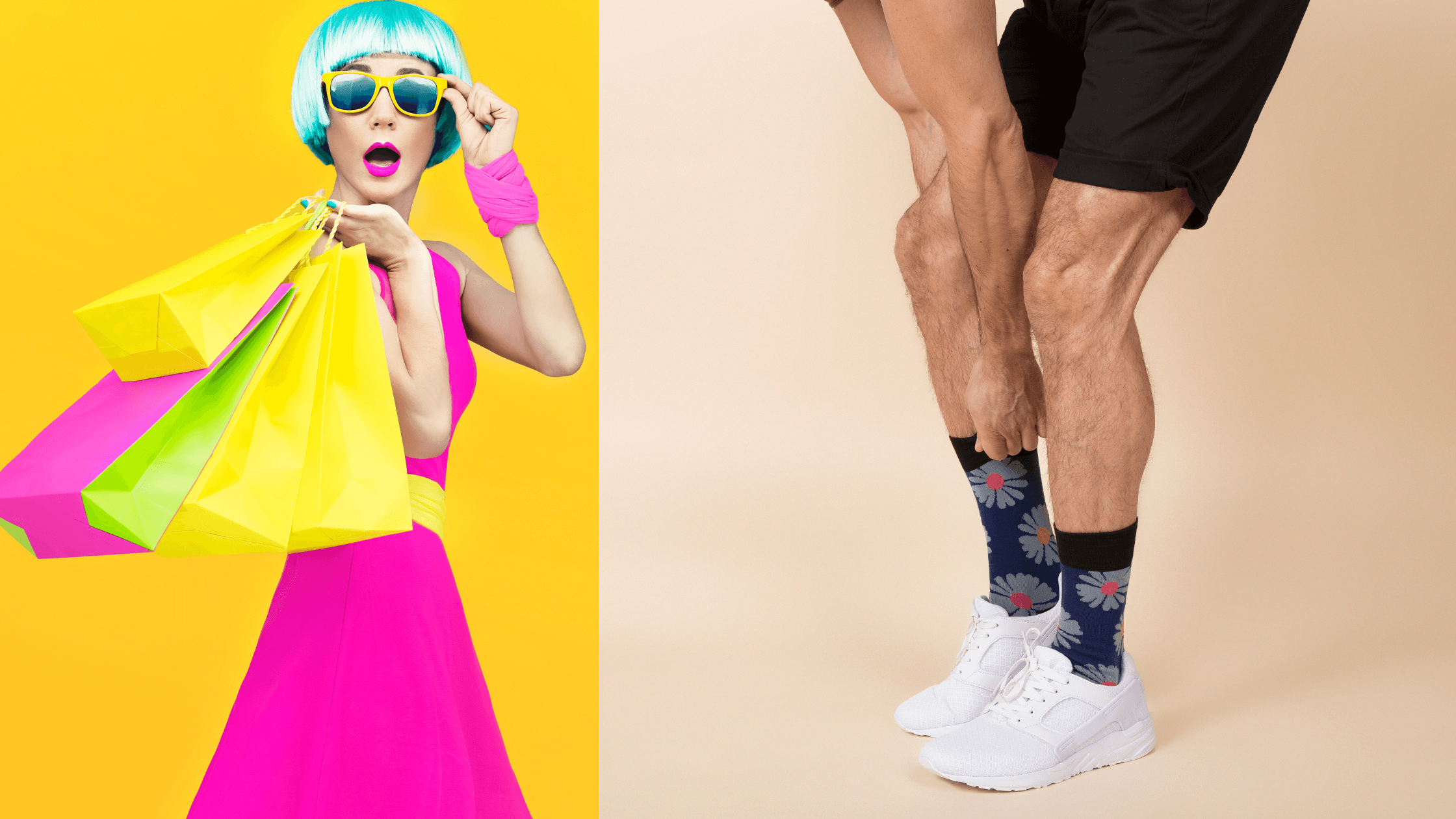
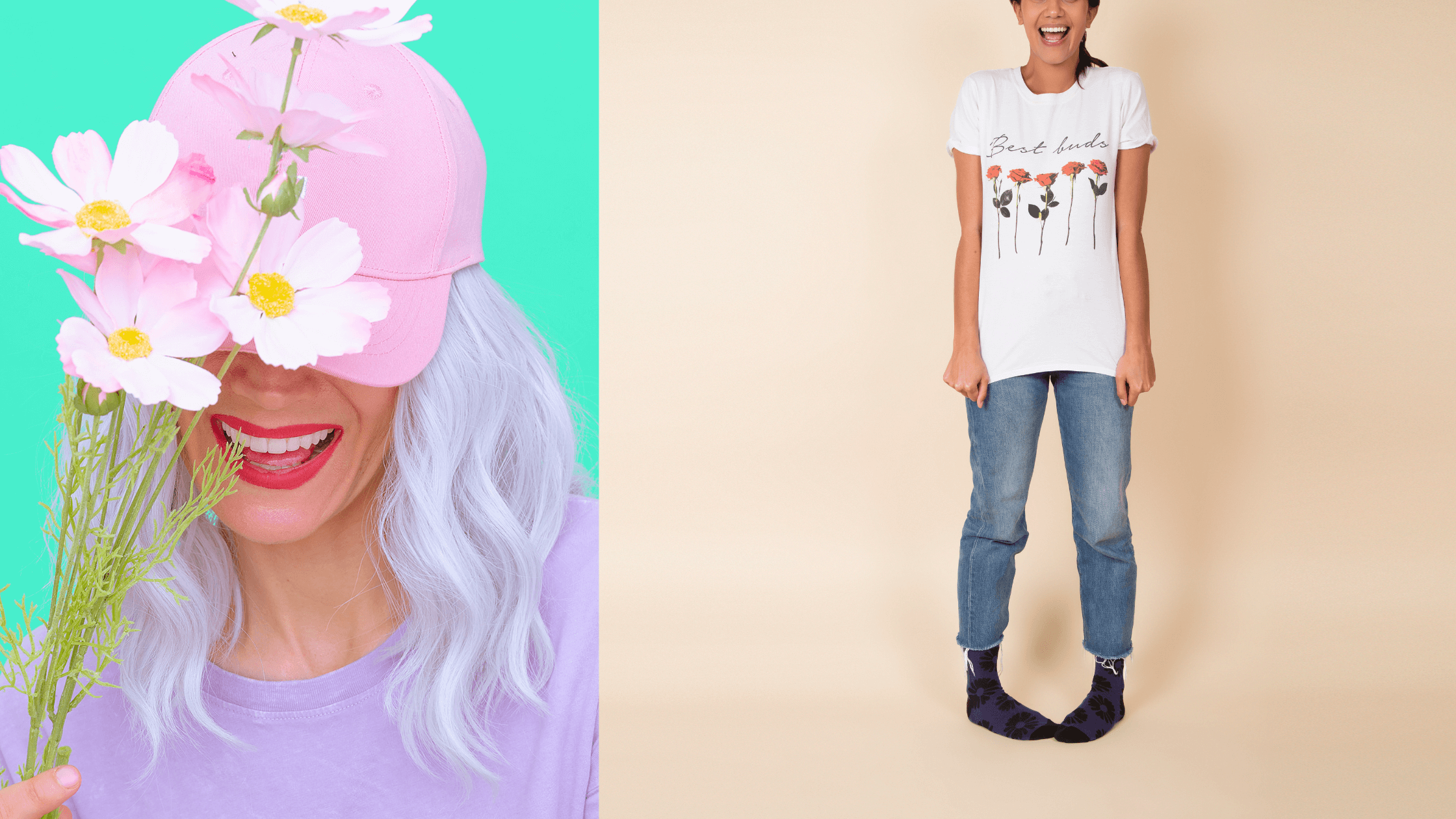
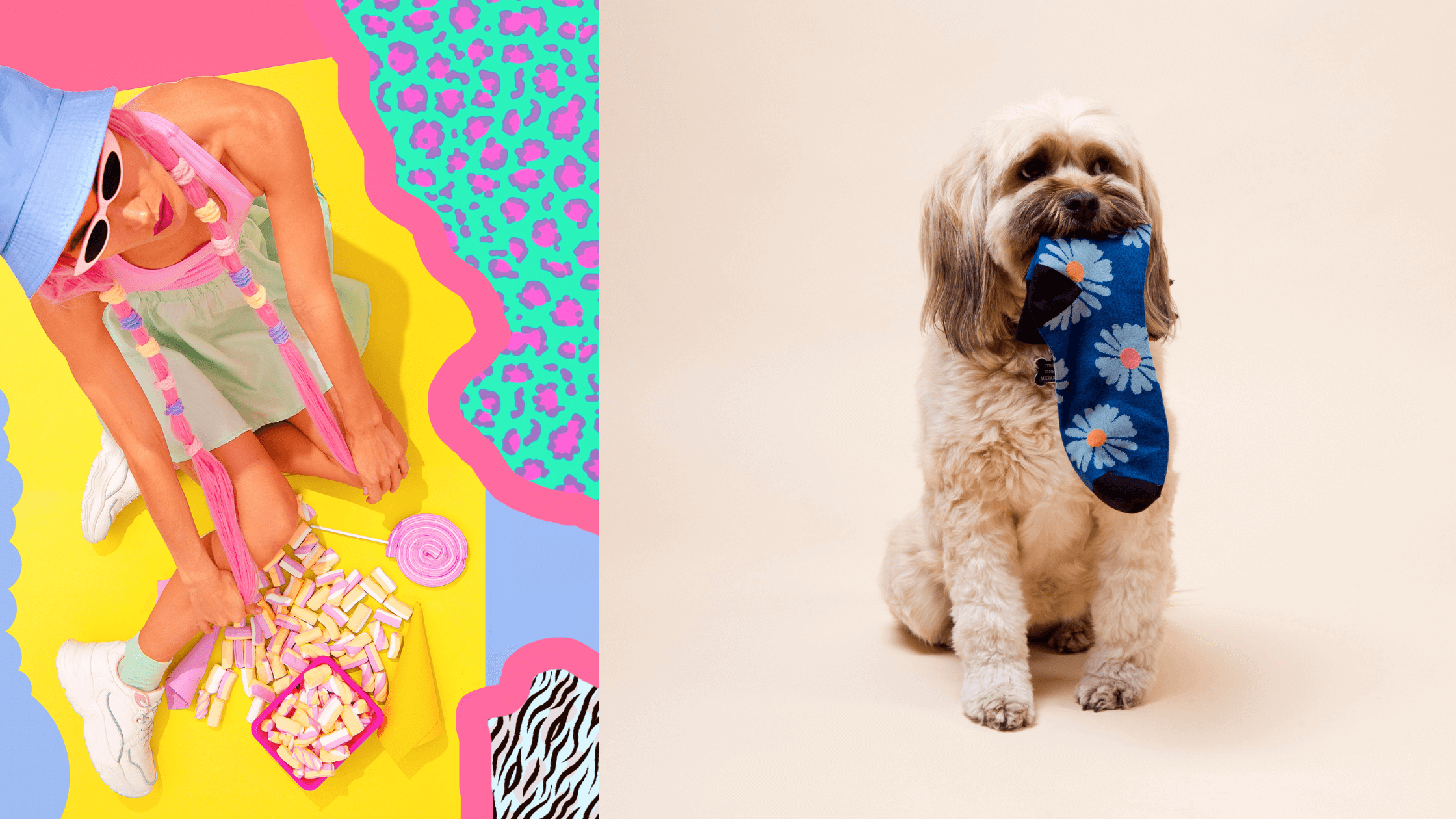

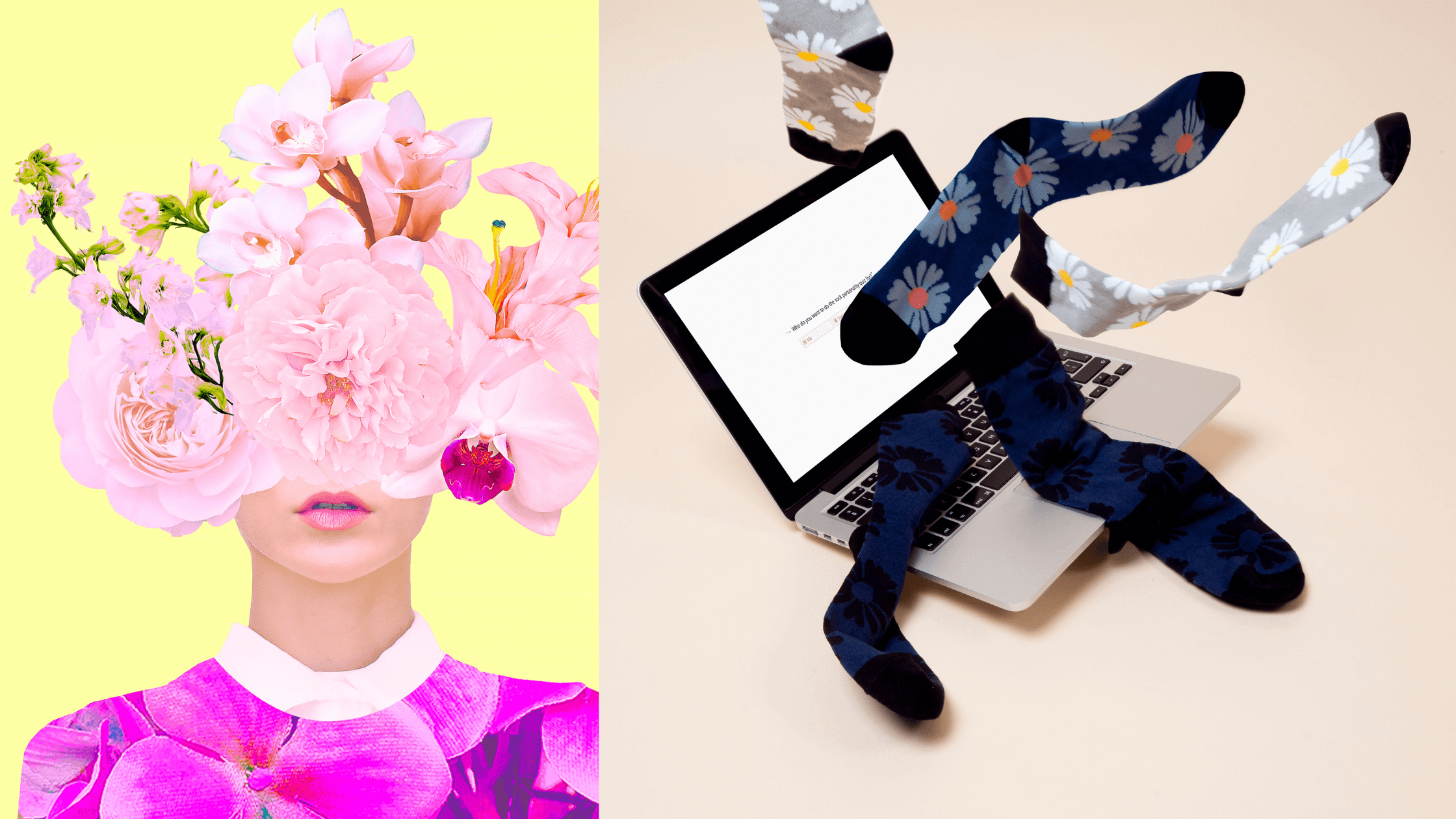

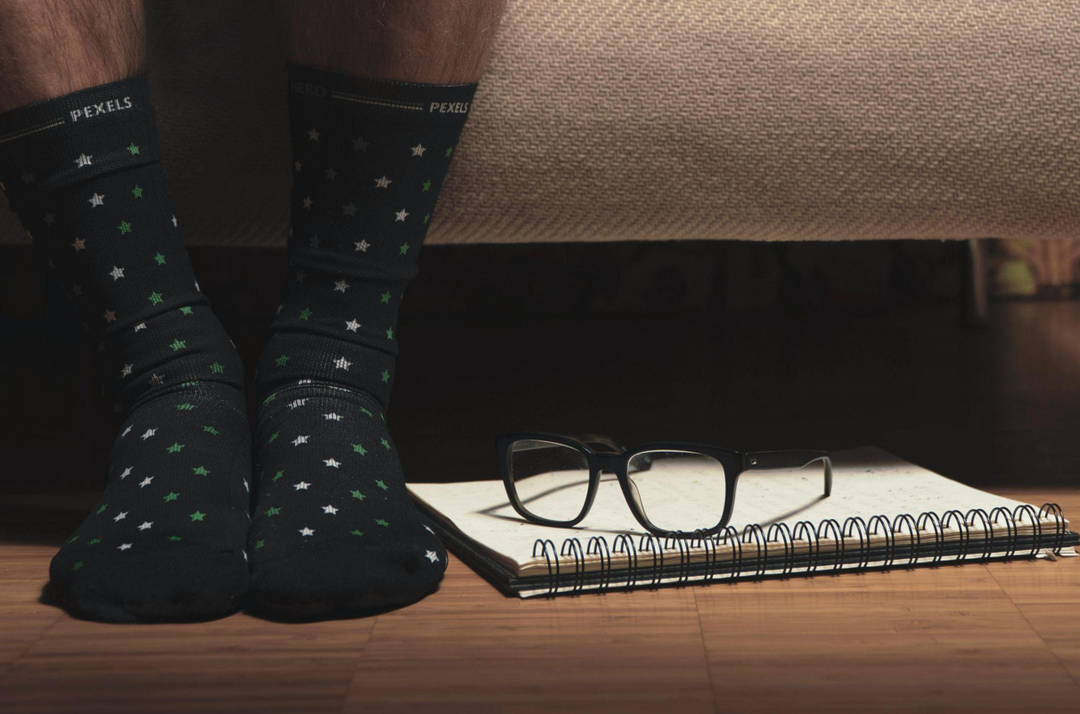
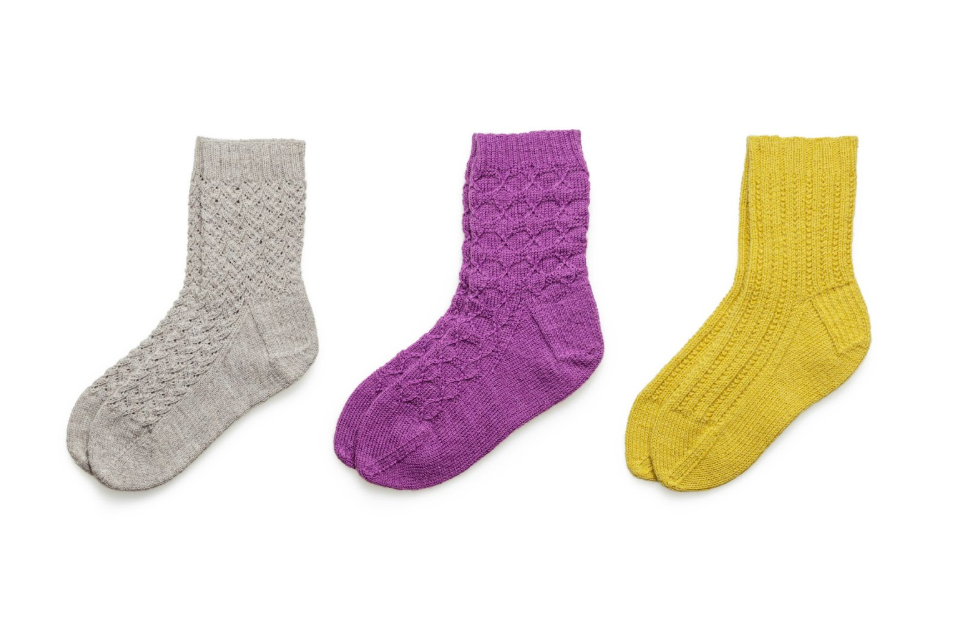
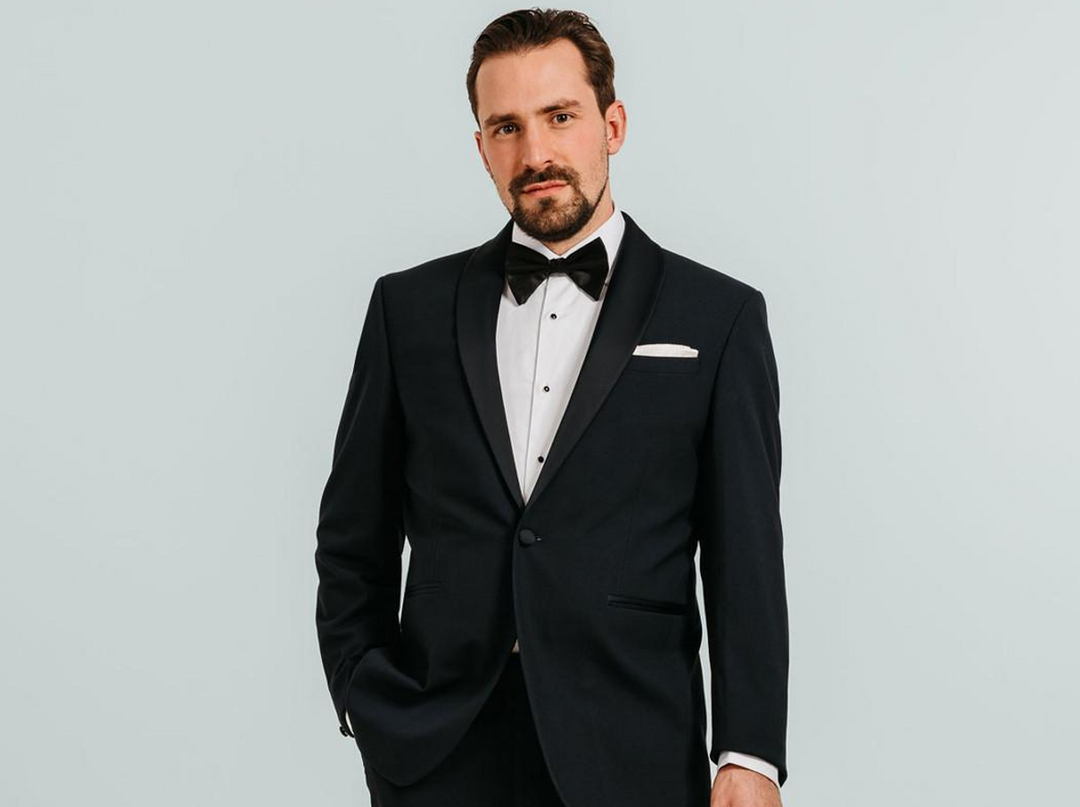
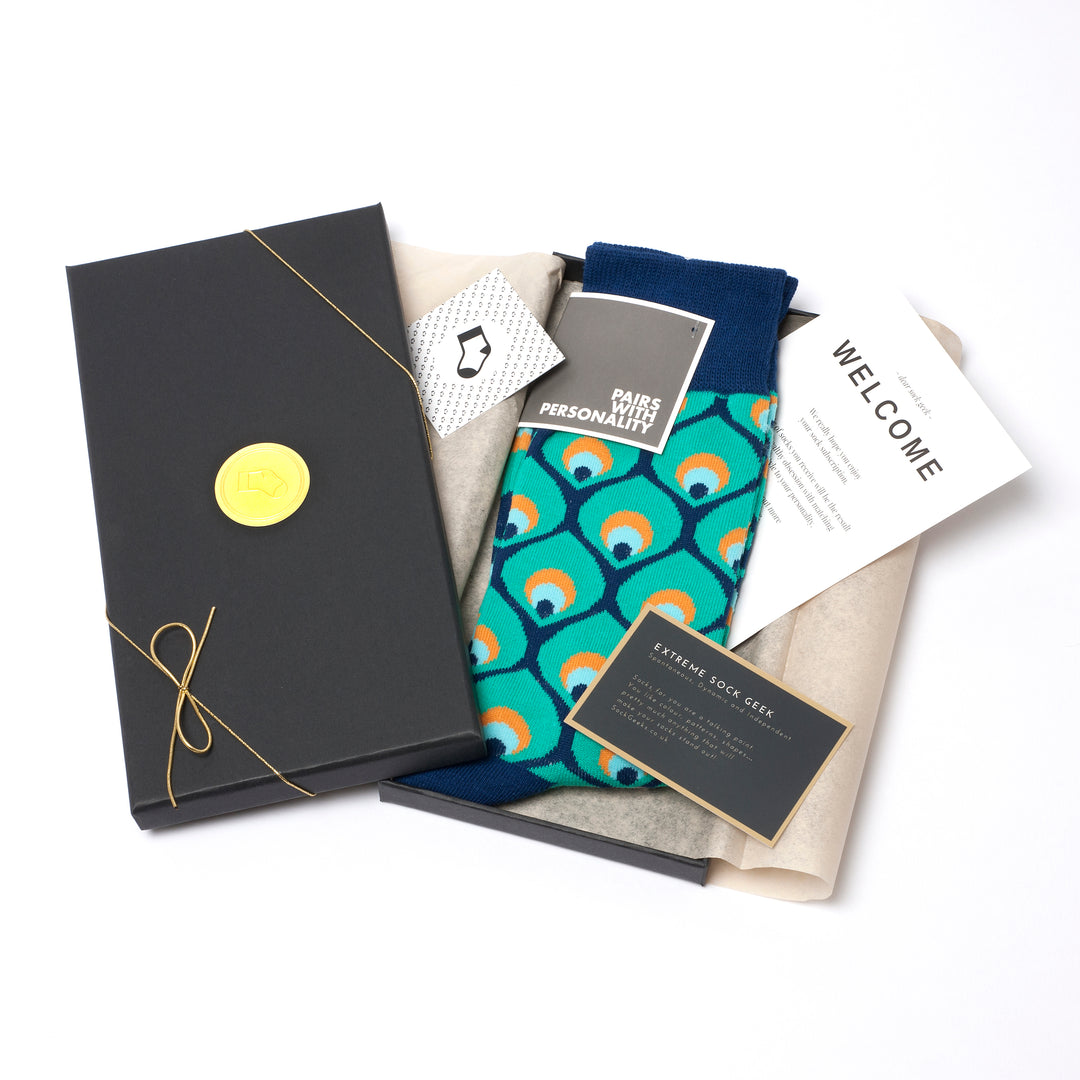
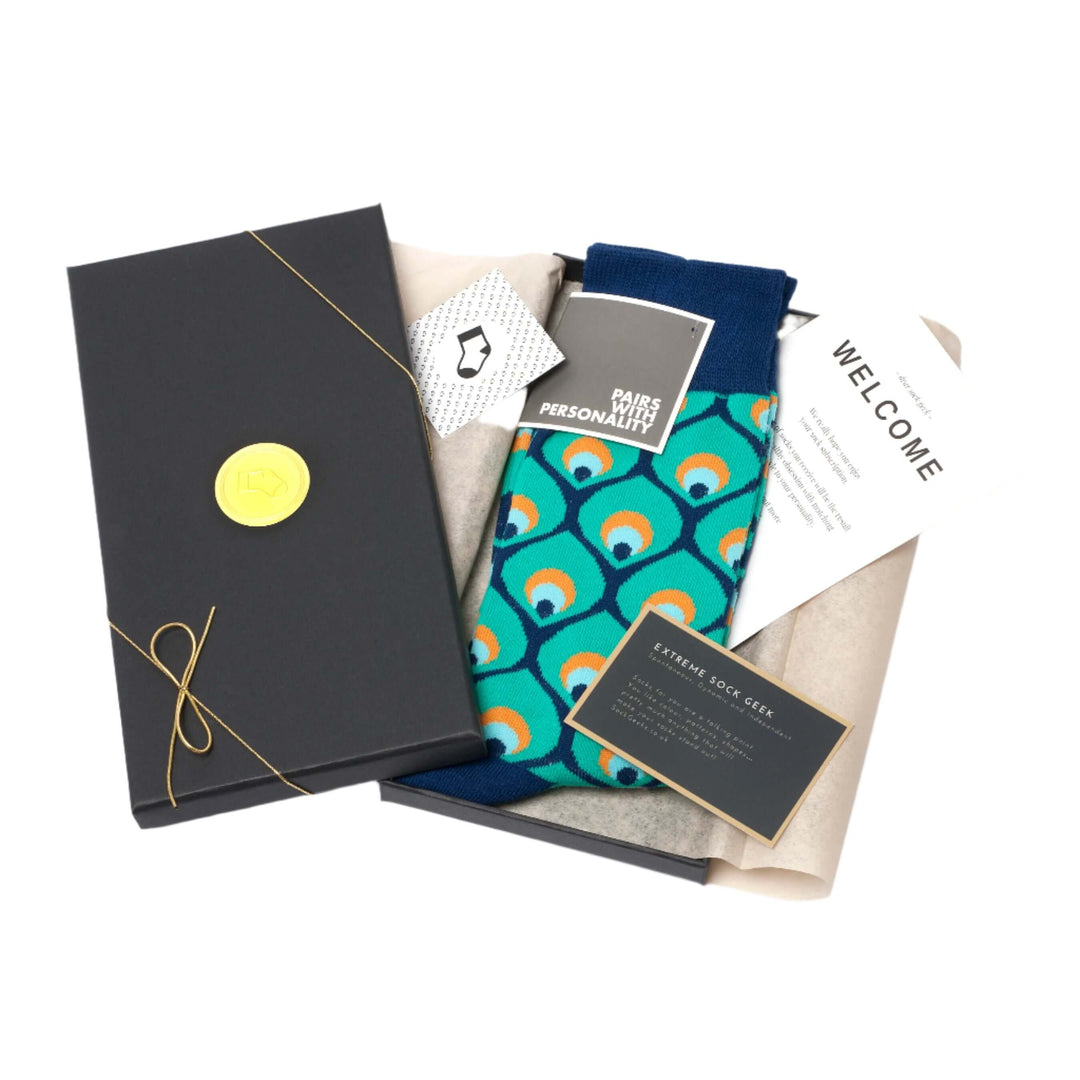
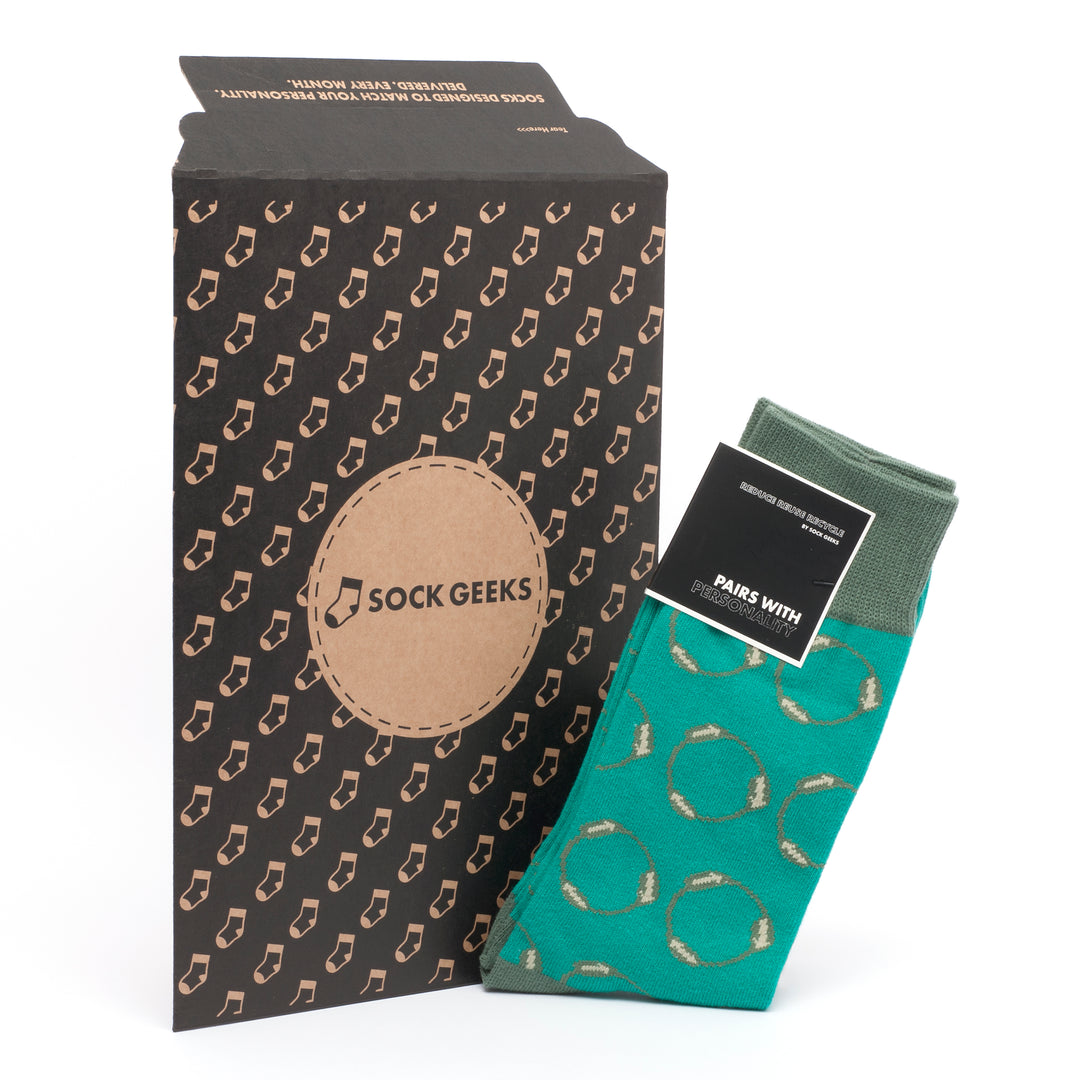
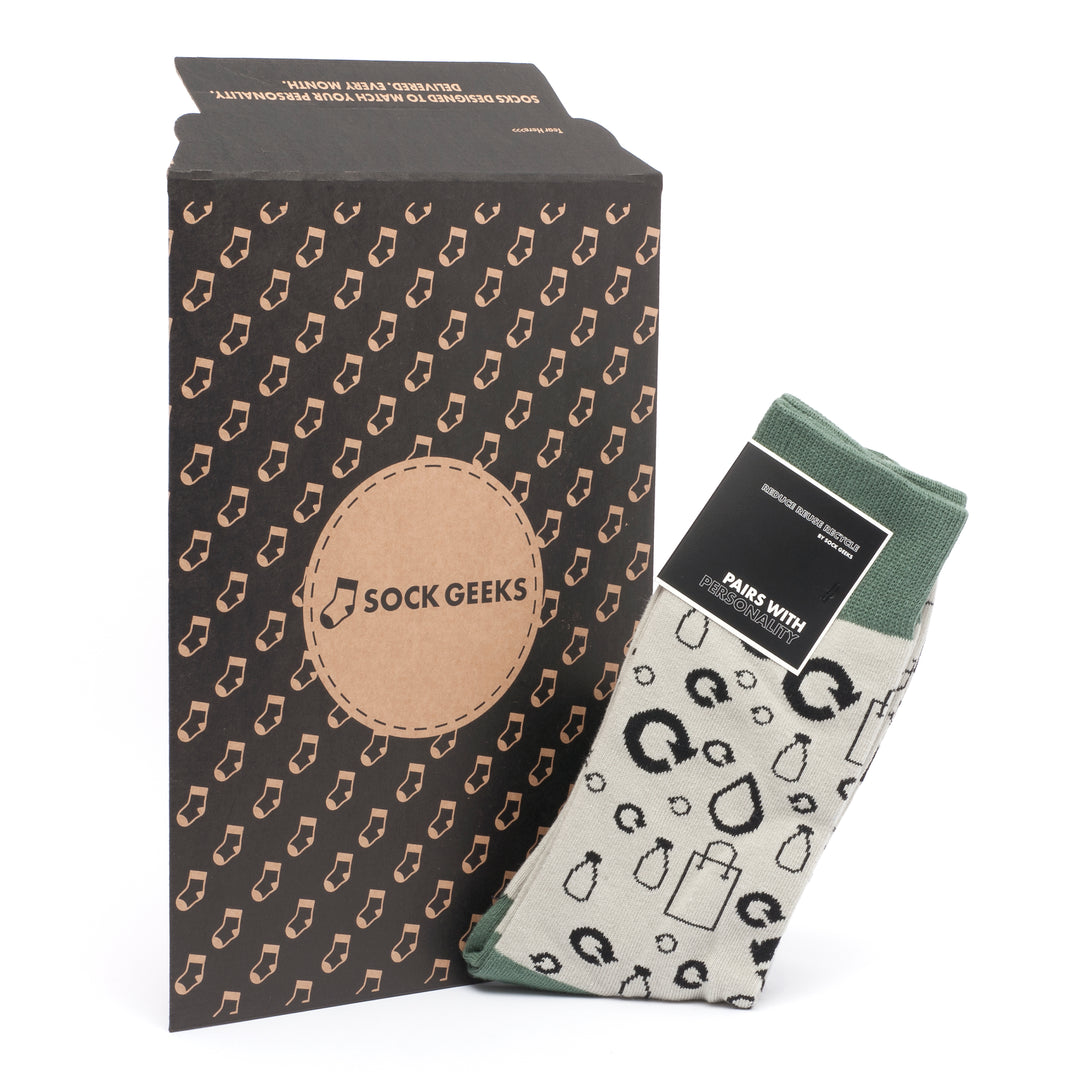



Leave a comment